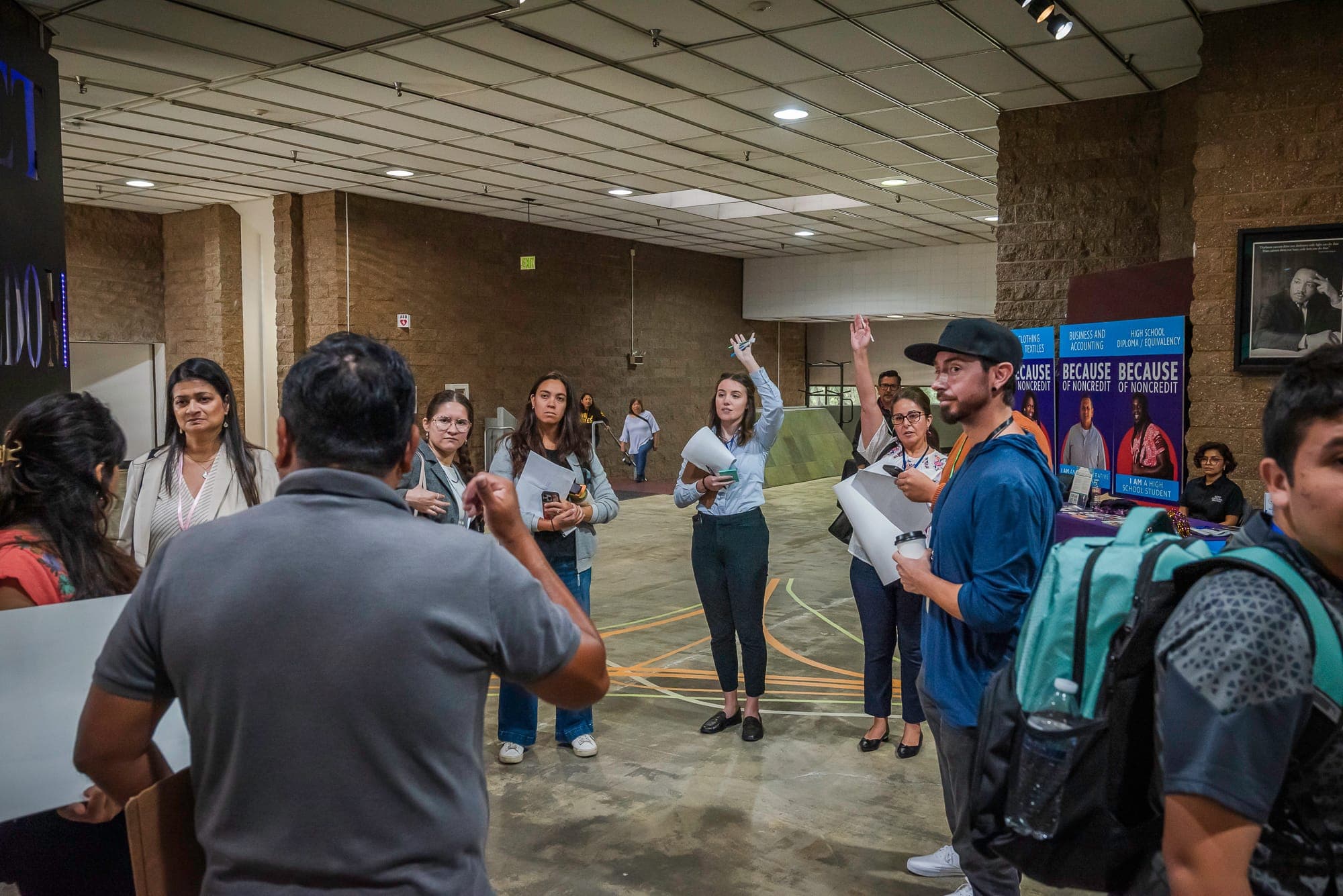Overview
Foot Traffic Ahead uniquely brings together data on the built environment, community demographics, and market characteristics using a range of sources. We use government and private sector data sources through year-end 2020 and 2021, as available due to differing data release windows.
Inclusive, Walkable Communities

See more of the Foot Traffic Ahead findings here.
What is walkable urbanism?

Any of these typologies could be in central cities or peripheral suburban neighborhoods. What matters more than the geographical location of any Type is their density and real estate product mix of office, retail, multi-family rental housing, and for-sale housing. The more of each of these products in an area, the more walkable it is. All told, walkable urban places contain the highest concentration of office space (42.1%), just over one-third of multi-family rental spaces (30.4%), just under a quarter of retail space, and the smallest amount of for-sale housing (11.6%).
Economic indicators of regional significance include major job centers where industries and organizations locate and create wealth for the region. Regionally significant places tend to concentrate on unique, place-specific cultural, educational, and entertainment assets that serve those living throughout the region. In contrast, locally-serving places are predominantly residential with complementary commercial development. Think of your local grocery store, pharmacy, or smaller bank branches. Locally-serving places also tend to include industries that are part of the public service sector like fire stations, public schools, and social centers. These places are usually dispersed throughout the region rather than concentrated in one area, and follow residential housing patterns and population growth.
Recent Media
Photo by Liz Ligon / Union Square Partnership

© 2026 Smart Growth America. All rights reserved
Site By3Lane Marketing














